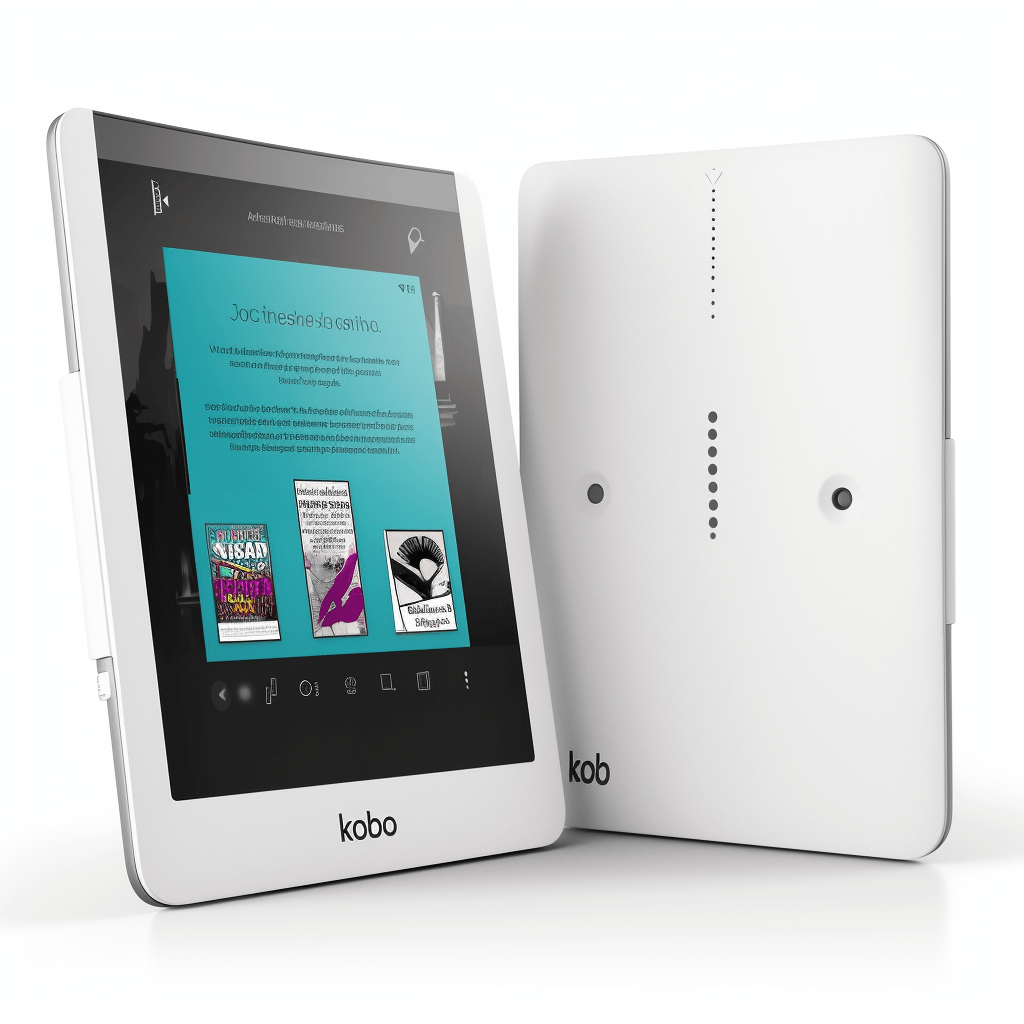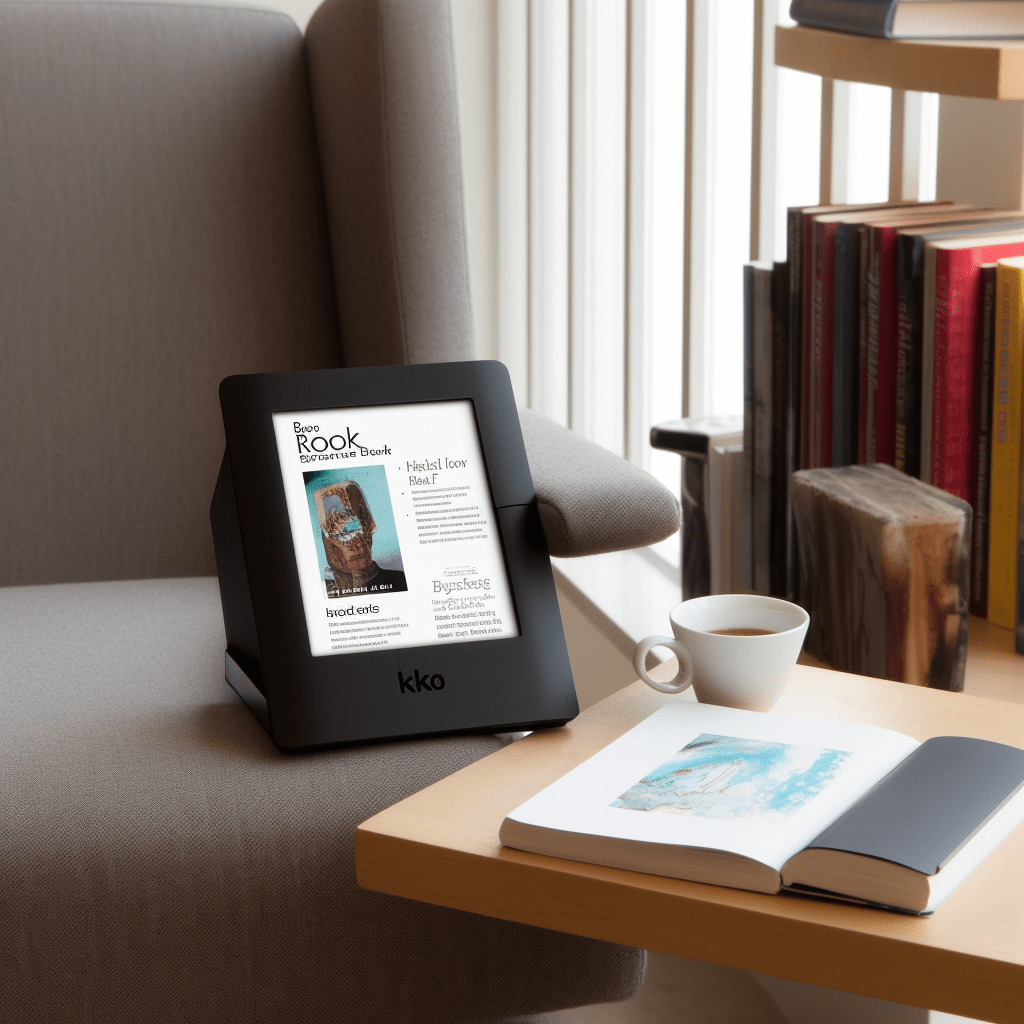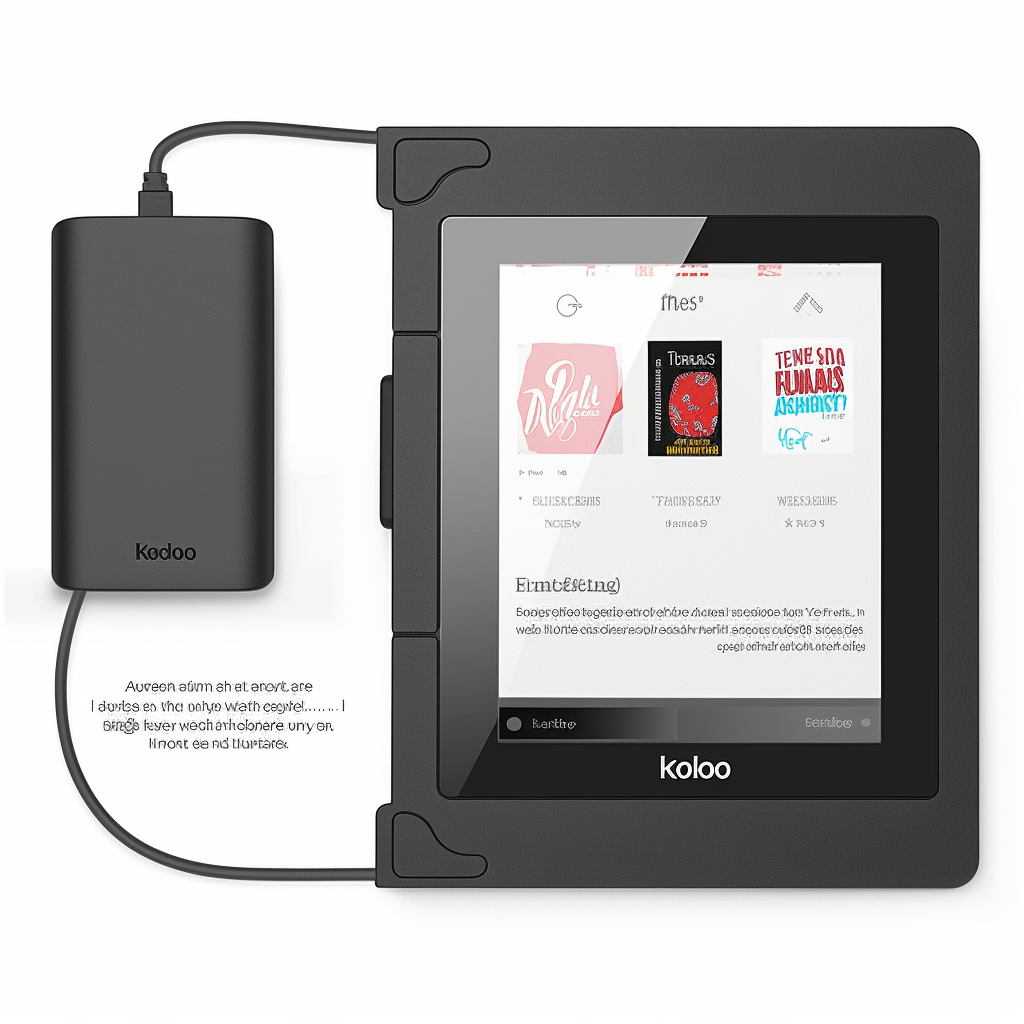Transferring a Kobo eReader to Another Device
How do you transfer your Kobo eReader to another device? It’s actually a lot simpler than you might think. First, you’ll need to download Kobo Desktop to the new device. This will allow you to sign in to Kobo Desktop with your Kobo account, giving you access to all the features associated with your Kobo eReader.
Then, connect the Kobo eReader to the new device and sync it with Kobo Desktop. After that, you can download all your purchased ebooks to the new device, with no further fuss.
So, you know how to transfer your Kobo eReader. Now, let’s look at gathering the necessary materials.

Gathering Necessary Materials
To start, the Kobo eReader and the new device should be charged and connected to Wi-Fi. USB cable that came with the Kobo eReader should be gathered, as should the Kobo app and the latest version of Adobe Digital Editions.
The new device should also have adequate storage capacity to store all of the Kobo books, and access to the Kobo account information with the username and password should be provided.
We can move on to setting up the Kobo eReader.
Setting Up the Kobo eReader
A transferring your Kobo eReader to another device doesn’t have to be a complicated process. All it takes is a few steps and you’ll be reading your favorite eBooks on your new device in no time.
First, you’ll need to set up your Kobo eReader by ensuring you have a valid Kobo account. Then, download the Kobo app for your device and sign in with your Kobo account.
Afterwards, connect the Kobo device to your computer using the USB cable, open the Kobo desktop application, and sync your Kobo device with the application.
Afterwards, download the eBooks you want to read and transfer them to your Kobo device. Finally, disconnect the USB cable and start enjoying your eBooks on your Kobo device.
When it comes to the next step, connecting to the new device, you’ll want to make sure you have the necessary materials ready.
Connecting to the New Device
Connecting your new device to the computer through a USB cable is the first step. Setting up the appropriate software and using Adobe Digital Editions to transfer your library are also necessary. It’s important to activate your new device with your Kobo user account and sync the same account. This helps keep your library up to date. Ensuring the entire process will go smoothly and that no data is lost is key. Follow the steps outlined above to make sure the transfer is hassle-free.
Transferring Data
Transferring your Kobo eReader to a new device can be a daunting task. But with the proper understanding and preparation, it can be done quickly and smoothly.
Why is it so important to understand the steps for transferring your Kobo eReader? The key to success lies in making sure the transfer process is as simple as possible to avoid any data loss. Before transferring data, it is important to check that the file is in the proper format for the new device. Using a file transfer program and connecting both devices to the same Wi-Fi network can also help in the process.
There are a variety of methods to choose from, such as Bluetooth, USB, Wi-Fi, or cloud storage.

Finalizing the Process
In order to move a Kobo eReader to a new device, it is important to understand the steps involved in the process. Verifying the transfer is essential in order to check that the Kobo eReader content has been successfully transferred to the new device. Checking the connectivity of the Kobo eReader to the device is also necessary to make sure it is working correctly. Installing the latest software and firmware updates on the Kobo eReader is a must. Removing any unnecessary data from the old device is also key. Backing up all important data on the new device is vital for a successful transfer process.Troubleshooting
When transferring a Kobo eReader to a new device, it is important to consider a few key points. First, it is essential to make sure that both devices are compatible with each other. This can be done by checking the system requirements of the Kobo eReader.
Additionally, the operating systems of both devices must be kept up to date. The Kobo eReader user manual should also be consulted for further instructions.
Furthermore, the connection between the two devices must be secure.
Finally, it is important to keep the software up to date on both devices.
Conclusion
Moving a Kobo eReader to a new device does not have to be a daunting task. A few simple steps can make this process stress-free and efficient.
First, it is important to ensure that both devices are compatible with each other. This can be done by checking the system requirements of the Kobo eReader.
Additionally, the operating systems should be kept up to date on both devices. It is also important to consult the Kobo eReader user manual for further instructions.
Once the devices are compatible, it is necessary to create a secure connection between the two.
Finally, the Kobo app must be up to date on both devices. By following these steps, you can ensure a successful transfer of your Kobo eReader to a new device.
FAQs

Q. What type of materials do I need to transfer my eReader?
The most important item is a USB cable that is compatible with both the original and target device. Additionally, you will need an internet connection to facilitate the transfer process.
You may also need to download the Kobo app on the target device, depending on the operating system and device compatibility.
To ensure a smooth transfer process, make sure both the original and target devices are charged and turned on.
Q. How do I set up my Kobo eReader?
In order to get the most out of your Kobo eReader, it’s important to know how to properly set it up. Fortunately, the process is straightforward and easy to follow.
Download the Kobo app on the device you want to transfer the eReader to, connect the device to a Wi-Fi network and log in with your Kobo account.
Follow the on-screen instructions to complete the setup process.
Q. How do I connect my Kobo eReader to the new device?
The transferring of a Kobo eReader to another device is a relatively simple process. To get started, both devices must be turned on and connected to an active internet connection.
After that, the Kobo app should be downloaded and installed onto the new device. Once this is done, you can open the app and sign in with your Kobo account.
After signing in, you will be able to connect your Kobo eReader to the new device using a USB cable. Finally, the Kobo app will automatically recognize your eReader.
With this, you can now access your Kobo library on the new device.
Q. How do I transfer data from my Kobo eReader?
Transferring data from a Kobo eReader to another device can be a simple and efficient process. A Kobo account must be linked to the eReader in order to begin transferring data.
After that, users must download the Kobo Desktop App to the new device. Connecting the eReader to the new device using a USB cable allows users to transfer their content.
Syncing the eReader with the Kobo Desktop App finalizes the transfer. With this, all of the user’s content is now accessible on the new device.
Q. What should I do after transferring my data?
After transferring data from a Kobo eReader, it is essential to ensure that the new device has been properly set up and is ready to use. It’s also important to check that all the ebooks have been transferred correctly. Taking the time to familiarize yourself with the features and functions of the new device can make for a smoother transition. Additionally, personalizing settings and preferences will help to ensure the best possible reading experience. Finally, make sure to regularly back up the device to avoid any data loss.
Q. What should I do if I encounter any issues?
The transferring of Kobo eReader data to another device is a relatively straightforward process, but it’s not without its challenges. If you’ve encountered issues during the transfer process, the best course of action is to first check the device manual for instructions, as this can provide the most up-to-date and detailed information.
Reaching out to the Kobo customer support team for assistance could be an option if you’re still having trouble. Resetting the device and re-installing the Kobo software, or trying the transfer with different cables may also help.
